Final Recovery Plan for the Southern Oregon/ Northern California Coast Evolutionarily Significant Unit of Coho Salmon (Oncorhynchus kisutch) (SONCC)
Title: Final Recovery Plan for the Southern Oregon/ Northern California Coast Evolutionarily Significant Unit of Coho Salmon (Oncorhynchus kisutch) (SONCC)
Category: Technical Report
File: NOAA_2014_0140_Final-recovery-Plan_cohosalmon_soncc.pdf
Updated Date: 18.01.2017
Author(s)/Source(s): NOAA
Publication Date: 2014
Focal Topic: Salmon, Aquatic Habitat / Invertebrates / Insects, Habitat Restoration
Location: Klamath Basin, Lower Klamath
Watershed Code: 180102
Thousands of coho salmon once returned to spawn in the rivers and streams of Northern California and Southern Oregon. Not long ago, these watersheds provided conditions that supported robust and resilient populations of coho salmon that could persist under dynamic environmental conditions. The combined effects of fish harvest, hatcheries, hydropower operations, and habitat alterations caused by land management led to declines in these populations. The National Marine Fisheries Service’s (NMFS) evaluation of declining coho salmon abundance and productivity, as well as range reductions and diminished life-history diversity, supported the decision to list the Southern Oregon/Northern California Coast (SONCC) Evolutionarily Significant Unit (ESU) of coho salmon as a threatened species under the Endangered Species Act (ESA) in 1997, a decision that was reaffirmed in 2005. Recovery can only be achieved through coordinated efforts to build strong conservation partnerships. Conservation partners may be individuals, groups, and government or nongovernment organizations including NMFS, industry, or tribes who have an interest in the recovery of SONCC coho salmon. The ESA envisions recovery plans as the central organizing tool for guiding each species’ recovery process. The recovery plan is a road map to recovery – it lays out where we need to go and how best to get there. The SONCC Coho Salmon ESU recovery plan (Plan) was developed to provide a roadmap to recovery of this species which conservation partners can follow together. Specifically, the Plan is designed to guide implementation of prioritized actions needed to conserve and recover the species by providing an informed, strategic, and voluntary approach to recovery that is based on the best available science. Use of a recovery plan ensures that recovery efforts target limited resources effectively and efficiently.
Keyword Tags:NOAA, SONCC, spawning habitat, coho salmon
